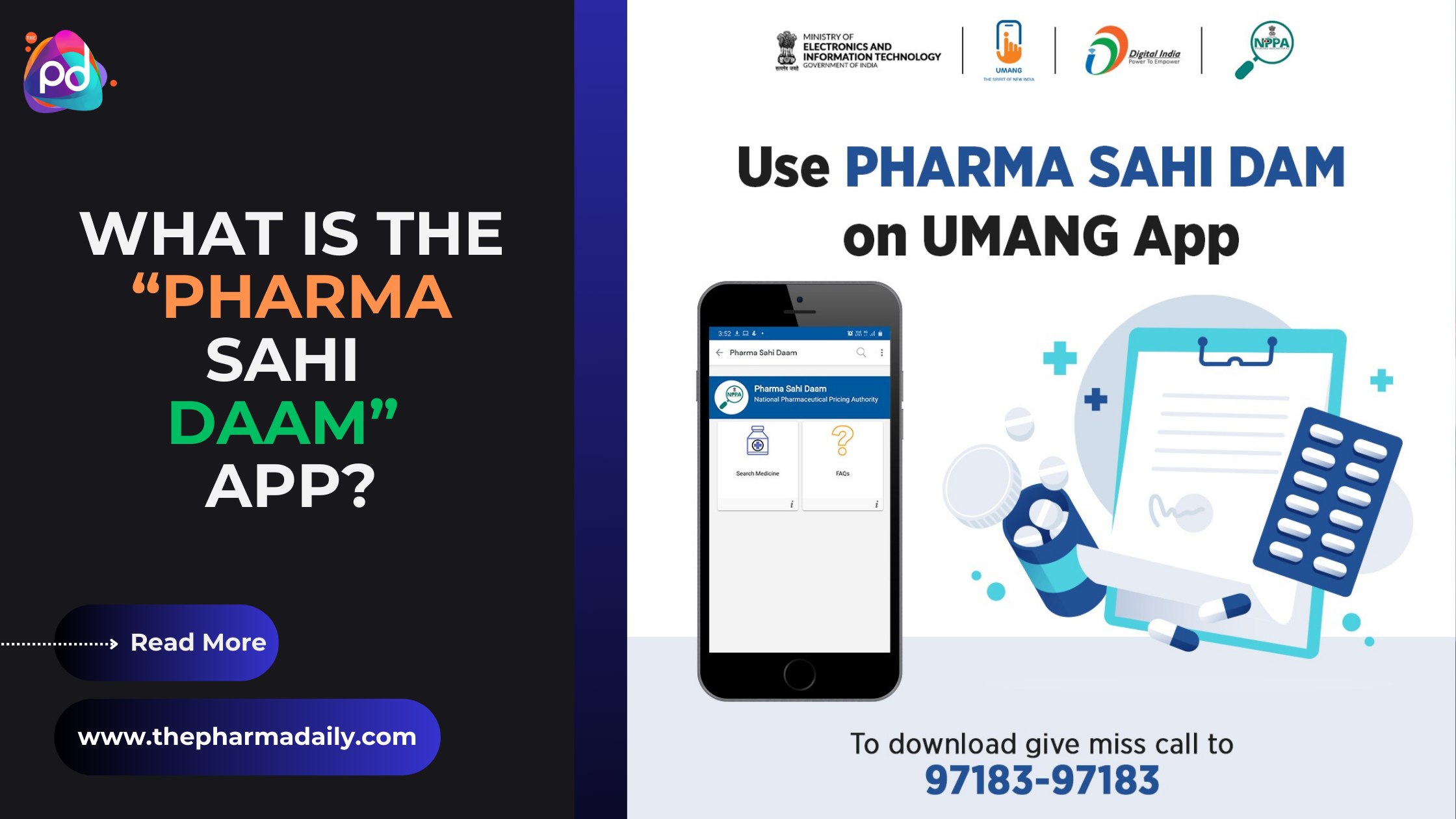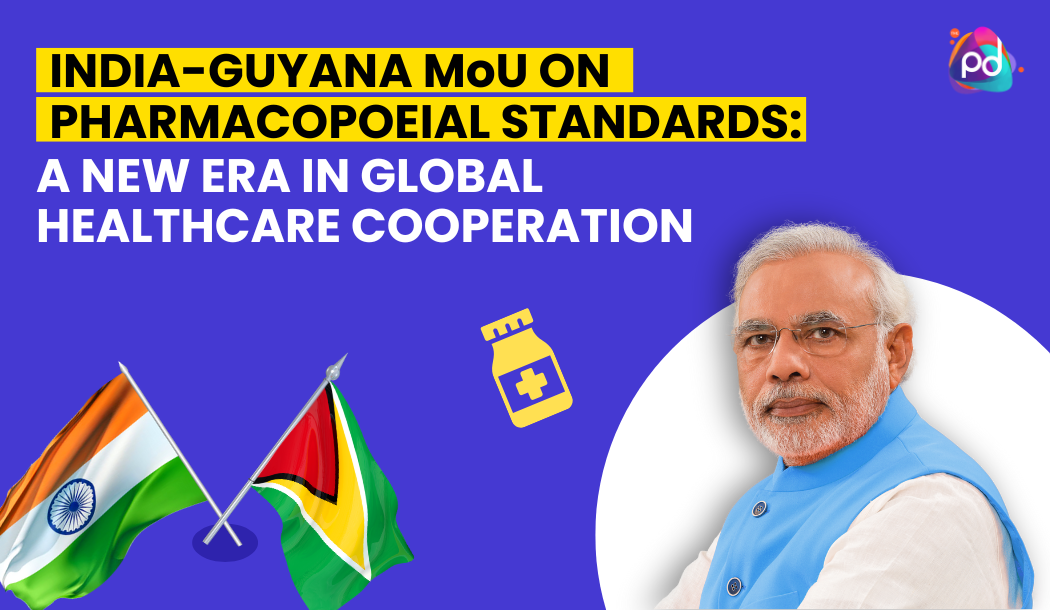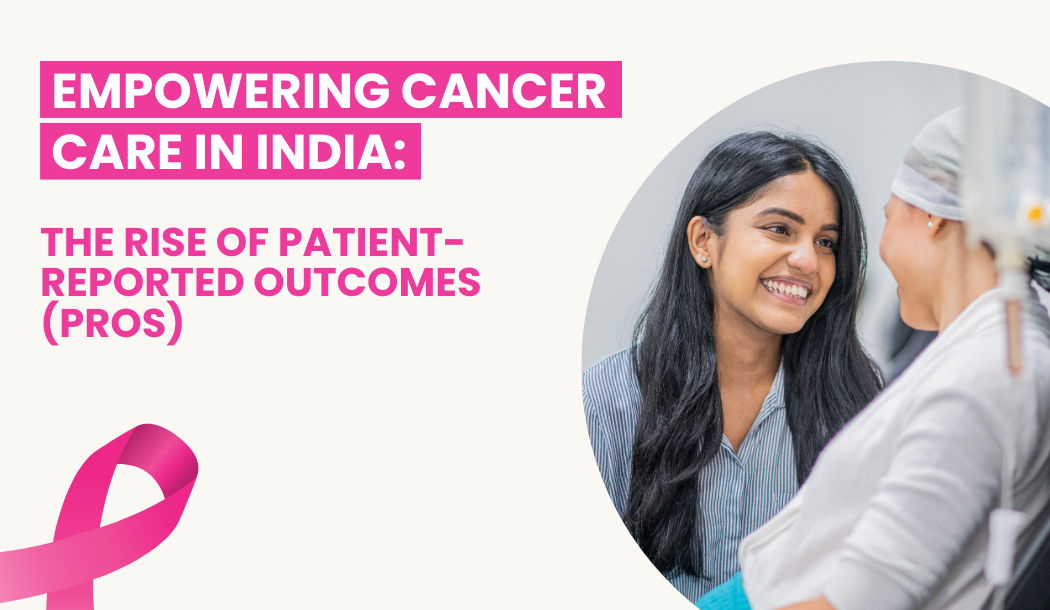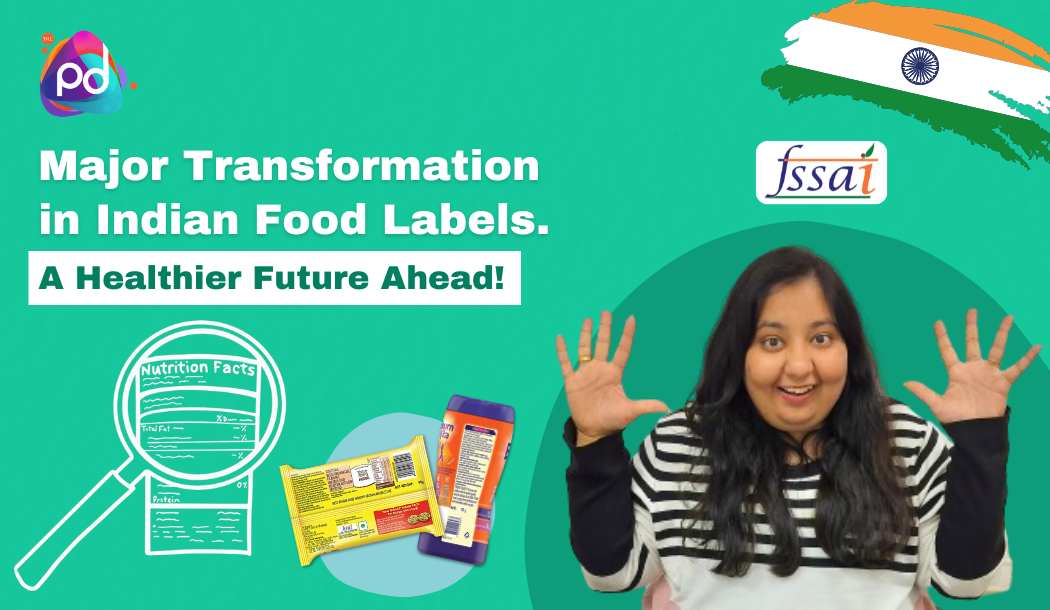Pharma Sahi Daam App: Revolutionizing Medicine Price Transparency in India
What is GVP? : Good Vigilance Practices
in Pharmacovigilance
Introduction
In the world of pharmaceuticals, ensuring the safety of medicinal products post-market is just as crucial as pre-market testing. Good Vigilance Practices (GVP) are a set of measures formulated to promote the safety of drugs and maximize public health protection by preventing adverse effects. This blog delves into what GVP entails, its importance, components, and the challenges faced in its implementation.
What is Good Vigilance Practices (GVP)?
Good Vigilance Practices (GVP) are standards and guidelines that govern the pharmacovigilance systems used to monitor the safety of authorized medicinal products and detect any change in their risk-benefit balance. GVP guidelines are crucial in ensuring that drug safety information is collected, evaluated, and acted upon in an efficient and comprehensive manner. These practices are essential for maintaining trust in pharmaceutical products by ensuring that any risks associated with pharmaceutical products are identified and managed appropriately.
Key Components of GVP
-
Risk Detection and Assessment: GVP involves the continual monitoring of the safety profile of pharmaceutical products. This includes detecting potential risks and assessing whether these risks outweigh the benefits of the product.
-
Adverse Event Reporting Systems: One of the pillars of GVP is the establishment of robust systems for healthcare professionals and patients to report adverse events. These systems must ensure that all reports are analyzed to detect any potential safety concerns.
-
Data Management and Analysis: Effective data management and systematic analysis are crucial. GVP requires the collection of high-quality data and the use of sophisticated tools to analyze this data for any signs of potential risks.
-
Regulatory Compliance and Reporting: Companies must comply with all local and international pharmacovigilance regulations, which include reporting safety issues to regulatory authorities in a timely manner.
-
Communication and Training: Effective communication channels must be established not only within organizations but also with the public and regulatory bodies. Additionally, ongoing training programs are essential for all personnel involved in pharmacovigilance activities.
Importance of GVP
GVP is critical for several reasons:
- Patient Safety: By monitoring drugs post-market, GVP helps ensure that any potential risks associated with pharmaceutical products are identified and addressed swiftly, thereby safeguarding patient safety.
- Public Health: GVP practices contribute to the overall enhancement of public health by ensuring that medicinal products continue to perform as expected and that their benefits outweigh the risks.
- Regulatory Compliance: Adhering to GVP helps pharmaceutical companies comply with international regulatory standards, avoiding legal issues and fines.
Challenges in Implementing GVP
While GVP is crucial, its implementation comes with challenges:
- Global Coordination: Coordinating pharmacovigilance activities across different countries and regions, each with its own regulatory requirements, can be complex.
- Data Volume and Quality: The sheer volume of data from multiple sources can be overwhelming, and ensuring its quality is another challenge.
- Technological Integration: Implementing the latest technology for data collection and analysis can be costly and requires regular updates.
Conclusion
Good Vigilance Practices (GVP) play a vital role in the pharmacovigilance system, ensuring that the medicines we use are safe and effective. Through diligent monitoring, robust reporting systems, and strict compliance with regulatory guidelines, GVP helps protect public health and maintain the integrity of the pharmaceutical market. As the field of pharmacovigilance evolves, so too will the practices and technologies that support it, continually enhancing our ability to safeguard patient health.
By understanding and adhering to GVP, stakeholders in the pharmaceutical industry can ensure they not only comply with regulatory expectations but also contribute positively to public health outcomes.
Checkout our Latest Podcast Details:
🎓 Dive into the world of pharmaceutical compliance with our latest video: "What is the meaning of GxP? | Podcast on GxP & Quality with Mr. Harsh Thakkar, CEO of Qualtivate |". 🚀 Join us as we explore critical quality assurance standards with an industry expert!
🔬 "What is the meaning of GxP? | Podcast on GxP & Quality with Mr. Harsh Thakkar, CEO of Qualtivate |" uncovers the essentials of Good Laboratory Practice (GLP), Good Clinical Practice (GCP), and Good Manufacturing Practice (GMP). This podcast is perfect for pharmacy students, professionals, and anyone interested in pharmaceutical quality control. 🌟
👥 Featuring Mr. Harsh Thakkar, a leading voice in pharmaceutical quality and compliance, this video is a must-watch! Whether you're gearing up for placements or just curious about the industry's best practices, "What is the meaning of GxP? | Podcast on GxP & Quality with Mr. Harsh Thakkar, CEO of Qualtivate |" offers invaluable insights.
📈 Don't forget to LIKE, SUBSCRIBE, and SHARE "What is the meaning of GxP? | Podcast on GxP & Quality with Mr. Harsh Thakkar, CEO of Qualtivate |" to keep up with all things pharmacy and quality assurance! 🔗
Podcast Link:
https://www.youtube.com/watch?v=rLQkD79Wx3I&t=41s













